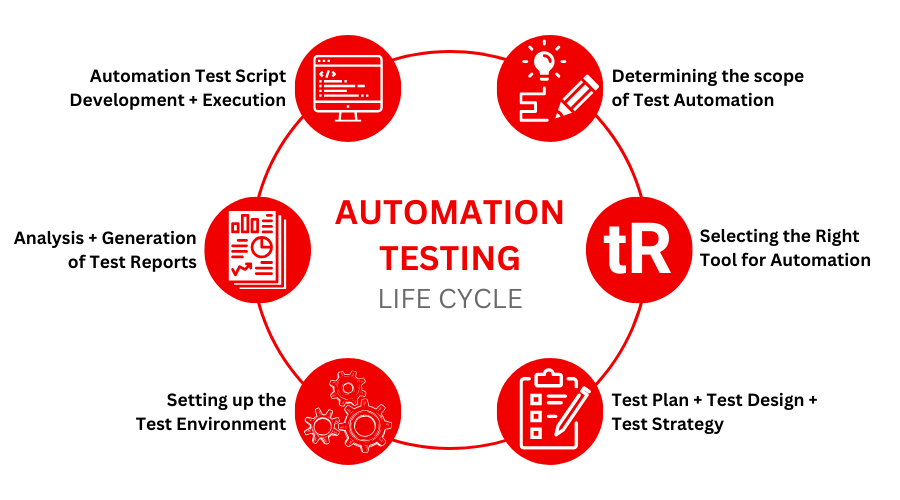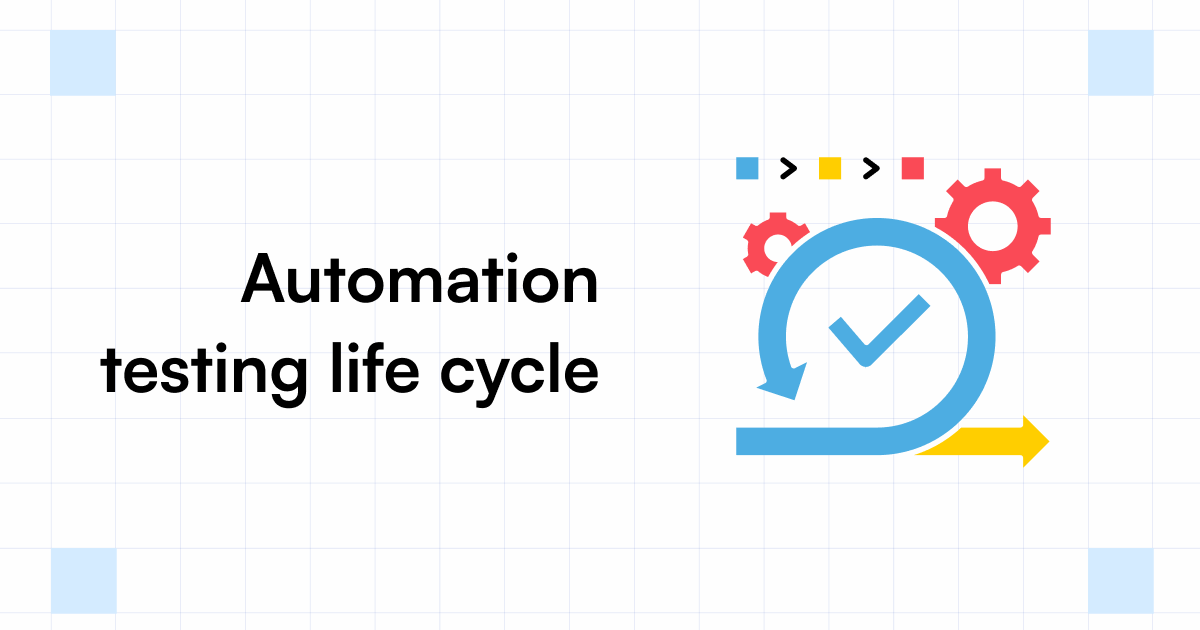Exactly How Automation Testing Changes Quality Control Processes
Exactly How Automation Testing Changes Quality Control Processes
Blog Article
From Handbook to Automated Testing: A Comprehensive Overview to Transitioning Smoothly and Properly
In the world of software program screening, the change from guidebook to automated procedures has come to be a significantly important transition for companies looking for to boost performance and accuracy in their screening practices. As innovation proceeds to advancement, the need for effective and seamless automatic testing methods has never been more pressing. The trip from handbook to automated screening is not without its difficulties, yet when approached strategically and with a clear strategy in mind, the benefits can be significant - automation testing. In this extensive guide, we will discover vital actions and factors to consider necessary for an effective shift, from the preliminary option of tools to the integration of automation into existing workflows. Keep tuned to uncover the insights that will certainly help lead the method for a smoother and much more reliable screening procedure.
Benefits of Automated Examining
Automated screening provides various advantages, enhancing effectiveness and accuracy in software program advancement procedures. One primary advantage is the significant reduction in screening time. Automated tests can be run simultaneously on numerous tools and operating systems, dramatically speeding up the testing phase contrasted to hand-operated screening. This raised efficiency enables faster responses on the high quality of the software application, making it possible for designers to recognize and address problems without delay.
In addition, automated screening ensures a higher level of precision in finding issues. Because automated tests comply with predefined scripts, human error is reduced, resulting in even more reputable test results. Consistency in screening is likewise boosted, as automated tests implement the same steps specifically each time they are run. This consistency is crucial in guaranteeing that all performances of the software program are completely examined, minimizing the chance of unnoticed insects slipping via to production.
Picking the Right Devices

To start with, assess your needs and purposes. Recognize the scope of your job, the innovations entailed, and the capability of your group. This evaluation will certainly aid you establish the abilities and functions you need in your screening tools.
Secondly, think about the compatibility of the devices with your existing systems and procedures. Smooth combination with your current software advancement lifecycle is necessary to make sure a smooth shift to automation.
Furthermore, examine the scalability and versatility of the tools. As your testing needs evolve, the devices ought to be able to adapt and accommodate changes successfully.
Finally, consider the assistance and neighborhood around the devices. Durable assistance and an energetic customer community can provide valuable resources and help when implementing automated screening. By carefully thinking about these facets, you can pick the right tools that straighten with your requirements and set the phase for an effective transition to automated screening.
Composing Effective Test Scripts

When crafting examination scripts, it is important to think about the certain demands of the software application being checked and ensure that the scripts attend to all important capabilities. Descriptive and clear calling conventions for examination manuscripts and test instances can boost readability and maintainability. Furthermore, integrating error handling systems within the test manuscripts can help in recognizing and resolving problems quickly.
Additionally, arranging examination scripts into modular components can improve reusability and scalability, decreasing redundancy and enhancing effectiveness in test manuscript Continue maintenance. Normal evaluations and updates to test manuscripts are important to equal progressing software demands and functionalities. By following these concepts, testers can develop effective and robust test manuscripts that contribute considerably to the success of automated testing processes.
Integrating Automation Into Workflows
By effortlessly integrating automated screening tools like Selenium or Appium right into the software application development lifecycle, groups can achieve faster comments on code changes, leading to quicker pest detection and resolution. This combination allows for continual testing throughout the advancement process, making sure that any issues are recognized early on, resulting in higher software program high quality. Correct combination of automation devices requires cooperation between advancement, screening, and operations content groups to develop a unified process that enhances performance and efficiency in supplying top quality software application items.
Ensuring a Smooth Shift
Efficiently transitioning to automated testing includes careful preparation and careful implementation to decrease disruptions and make the most of effectiveness in the software application growth process - automation testing. To guarantee a smooth transition, it is necessary to begin by conducting a complete assessment of the present testing processes and determining locations where automation can bring one of the most considerable advantages. Involving with all stakeholders early on while doing so, including designers, testers, and job managers, is important for gathering assistance and buy-in for the automation campaign
Interaction is key during this transition phase. Clear interaction of the objectives, advantages, and assumptions of automated screening assists to handle any type of resistance or worries that may occur. Additionally, providing sufficient training and resources for team members to upskill in automation tools and techniques is vital for guaranteeing a successful change.

Conclusion
To conclude, transitioning from handbook to automated screening supplies numerous benefits, including enhanced effectiveness and dependability. By choosing the ideal devices, creating reliable test scripts, and integrating automation effortlessly into process, organizations can make sure a effective and smooth shift. It is necessary to welcome automation as a beneficial property in software program screening processes to improve overall top quality and performance.
In the world of software program screening, the shift from manual to automated processes has become an increasingly essential change for companies seeking to enhance efficiency and precision in their screening methods. Automated tests can be run concurrently on several devices and running systems, substantially speeding up the screening phase contrasted to hands-on testing. Uniformity in screening is likewise enhanced, as automated tests execute the very same steps exactly each time they are run.To guarantee go to website the effective application of selected screening tools, the creation of reliable test manuscripts plays an essential function in verifying the functionality and efficiency of automated procedures - automation testing. By following these concepts, testers can produce effective and durable test manuscripts that contribute dramatically to the success of automated testing procedures
Report this page